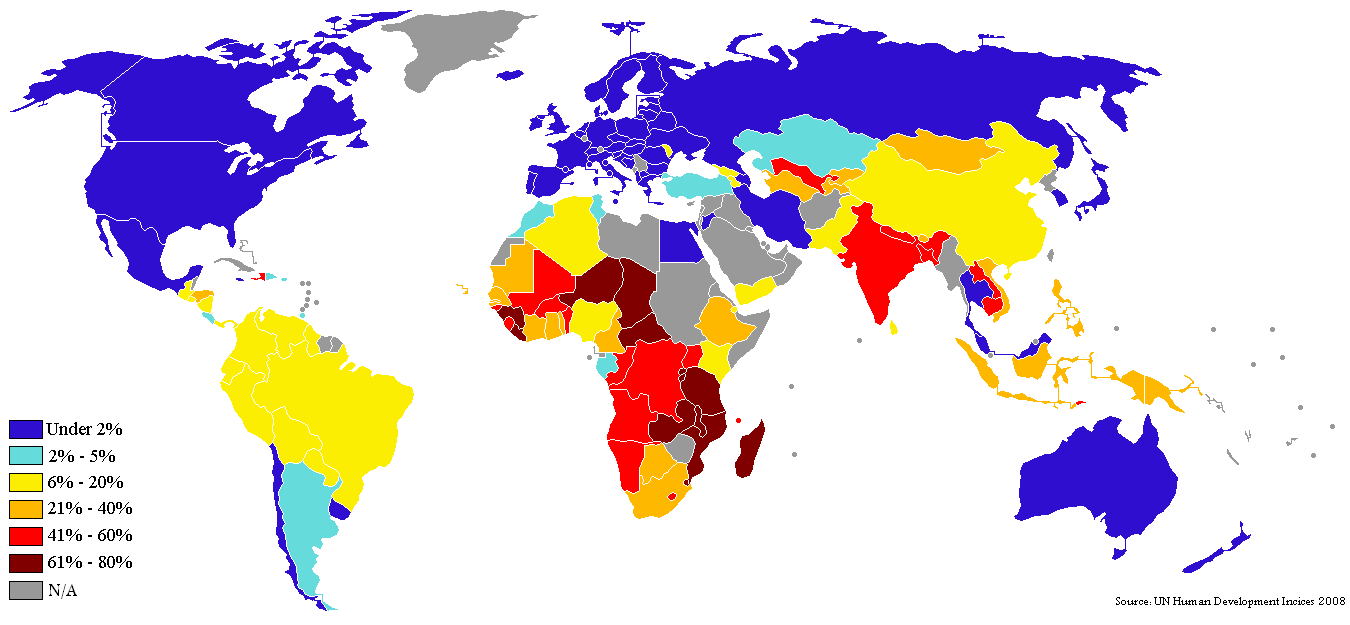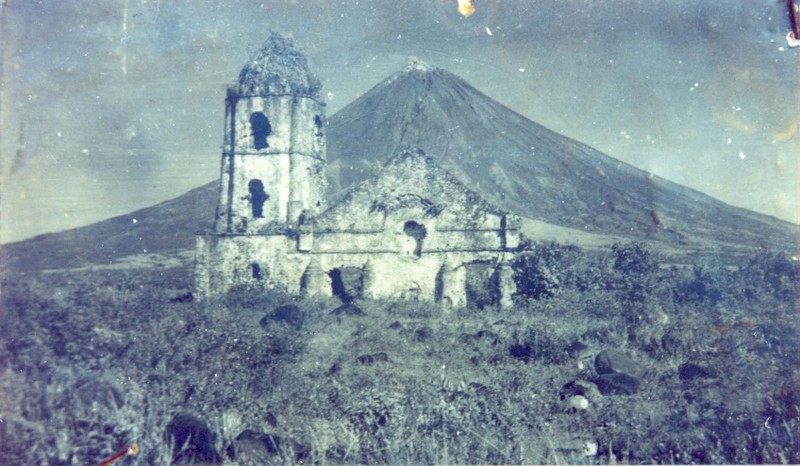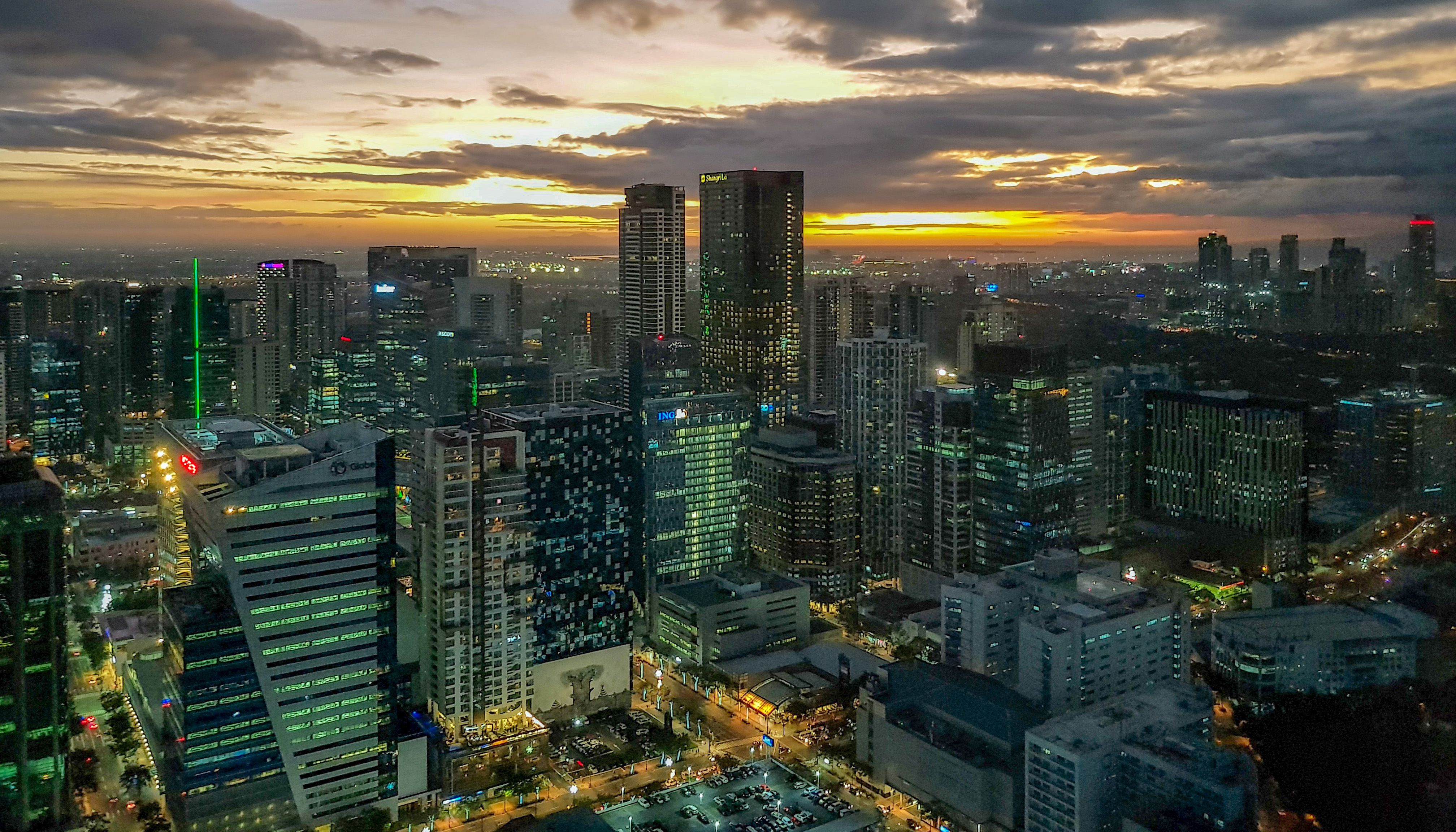|
Ligao
'Ligao'', officially the City of Ligao (; ), is a component city in the province of Albay, Philippines. According to the 2020 census, it has a population of 118,096 people. Most of the city's economy came from agriculture sector. Ligao is from Legazpi City and from Manila. Etymology Ligao was named after the word ''ticau'', an abundant tree that has poisonous leaves used to catch fish from rivers and creeks. Another variation is from the Tagalog word ''ligaw'' which means to court or win a woman’s love. It was formerly known as'' Cavasi''. History During the 16th century, Ligao was started as a small settlement. In 1606, it was founded as a barrio of Polangui, and then to Oas in 1665. One year later, in 1666, it became an independent municipality. Cityhood On January 2, 1997, Mayor Fernando V. Gonzalez's efforts has made possible the cityhood of Ligao. Four years later, President Gloria Macapagal Arroyo signed Republic Act 9008 on February 21, 2001, making it ... [...More Info...] [...Related Items...] OR: [Wikipedia] [Google] [Baidu] |
Albay
Albay (IPA: ), officially the Province of Albay (; ; Baybayin, ᜎᜎᜏᜒᜄᜈ᜔ ᜈᜅ᜔ ᜀᜎ᜔ᜊᜌ᜔), is a Provinces of the Philippines, province in the Bicol Region of the Philippines, mostly on the southeastern part of the island of Luzon. Its capital (and largest city) is the city of Legazpi, Albay, Legazpi, the regional center of the whole Bicol Region, which is located in the southern foothill of Mayon Volcano. The province was added to the UNESCO World Network of Biosphere Reserves in March 2016. History Early history Long before the Spaniards arrived, Albay had a thriving civilization. Formerly called ''Ibat'', and then ''Libog'', Albay was once ruled by Gat Ibal, an old chief who also founded the old barangay of Sawangan, now part of the Legazpi, Albay, City of Legazpi. Historian William Henry Scott (historian), William Henry Scott wrote that in the local epic called ''siday'' entitled "Bingi of Lawan", an Albay datu by the name of Dumaraog went to L ... [...More Info...] [...Related Items...] OR: [Wikipedia] [Google] [Baidu] |
Languages Of The Philippines
There are some 130 to 195 languages spoken in the Philippines, depending on the method of classification. Almost all are Malayo-Polynesian languages native to the archipelago. A number of Spanish-influenced creole language, creole varieties generally called Chavacano along with some local varieties of Chinese are also spoken in certain communities. The 1987 constitution designates Filipino language, Filipino, a de facto standardized version of Tagalog language, Tagalog, as the national language and an official language along with English language, English. Filipino is regulated by Commission on the Filipino Language and serves as a ''lingua franca'' used by Filipinos of various ethnolinguistic backgrounds. Republic Act 11106 declares Filipino Sign Language or FSL as the country's official sign language and as the Philippine government's official language in communicating with the Filipino Deaf. While Filipino is used for communication across the country's diverse linguistic gr ... [...More Info...] [...Related Items...] OR: [Wikipedia] [Google] [Baidu] |
Sangguniang Panlungsod
The Sangguniang Panlungsod (SP) is the local legislature, legislative body of a Philippine city, city government in the Philippines. The name of the legislative body comes from the Filipino language, Filipino words "''sanggunian''" ("council") – ultimately from the root word "''sangguni''" ("to consult") – both of Tagalog language, Tagalog origins, with the latter word also of Kapampangan language, Kapampangan and Old Tagalog origins, and "''lungsod''" ("city") of both Tagalog language, Tagalog ("lungsod" = "city") – but ultimately Visayan language, Bisayan ("lungsod" = town or municipality) – origins; "city council" is therefore often used as an equivalent term in English language, English or Philippine English. Members of the city council are referred to as "''kagawad''"; while in mostly but not only predominantly Bisayan-speaking cities, they are called "''konsehal''" (masc.) and "''konsehala''" (fem.), or "''sehal''". The Local Government Code of 1991 governs the compo ... [...More Info...] [...Related Items...] OR: [Wikipedia] [Google] [Baidu] |
List Of Sovereign States
The following is a list providing an overview of sovereign states around the world with information on their status and recognition of their sovereignty. The 205 listed states can be divided into three categories based on membership within the United Nations System: 193 member states of the United Nations, UN member states, two United Nations General Assembly observers#Current non-member observers, UN General Assembly non-member observer states, and ten other states. The ''sovereignty dispute'' column indicates states having undisputed sovereignty (188 states, of which there are 187 UN member states and one UN General Assembly non-member observer state), states having disputed sovereignty (15 states, of which there are six UN member states, one UN General Assembly non-member observer state, and eight de facto states), and states having a political status of the Cook Islands and Niue, special political status (two states, both in associated state, free association with New ... [...More Info...] [...Related Items...] OR: [Wikipedia] [Google] [Baidu] |
Measuring Poverty
Poverty is measured in different ways by different bodies, both governmental and nongovernmental. Measurements can be absolute, which references a single standard, or relative, which is dependent on context. Poverty is widely understood to be multidimensional, comprising social, natural and economic factors situated within wider socio-political processes. The main poverty line used in the OECD and the European Union is a relative poverty measure based on 60% of the median household income. The United States uses a poverty measure based on pre-tax income and the U.S. Department of Agriculture's "economy food plan" by which 11% of Americans are living in poverty, but this is disputed. The World Bank Group, World Bank defines poverty in absolute terms. It defines ''extreme poverty'' as living on less than US$1.90 per day. (Purchasing power parity, PPP), and ''moderate poverty'' as less than $3.10 a day. It has been estimated that in 2008, 1.4 billion people had consumption l ... [...More Info...] [...Related Items...] OR: [Wikipedia] [Google] [Baidu] |
Tagalog Language
Tagalog ( ,According to the ''OED'' anMerriam-Webster Online Dictionary ; ''Baybayin'': ) is an Austronesian language spoken as a first language by the ethnic Tagalog people, who make up a quarter of the population of the Philippines, and as a second language by the majority, mostly as or through Filipino language, Filipino. Its de facto Standard language, standardized and codified form, officially named ''Filipino'', is the national language of the Philippines, and is one of the nation's two official languages, alongside Philippine English, English. Tagalog, like the other and as one of the regional languages of the Philippines, which majority are Austronesian languages, Austronesian, is one of the auxiliary official languages of the Philippines in the regions and also one of the auxiliary media of instruction therein. Tagalog is closely related to other Philippine languages, such as the Bikol languages, the Bisayan languages, Ilocano language, Ilocano, Kapampangan language, ... [...More Info...] [...Related Items...] OR: [Wikipedia] [Google] [Baidu] |
Manila
Manila, officially the City of Manila, is the Capital of the Philippines, capital and second-most populous city of the Philippines after Quezon City, with a population of 1,846,513 people in 2020. Located on the eastern shore of Manila Bay on the island of Luzon, it is classified as a Cities of the Philippines#Independent cities, highly urbanized city. With , Manila is one of the world's List of cities proper by population density, most densely populated cities proper. Manila was the first chartered city in the country, designated bPhilippine Commission Act No. 183on July 31, 1901. It became autonomous with the passage of Republic Act No. 409, "The Revised Charter of the City of Manila", on June 18, 1949. Manila is considered to be part of the world's original set of global cities because its commercial networks were the first to extend across the Pacific Ocean and connect Asia with the Hispanic America, Spanish Americas through the Manila galleon, galleon trade. This marked t ... [...More Info...] [...Related Items...] OR: [Wikipedia] [Google] [Baidu] |
Legazpi City
Legazpi (, American Spanish: , European Spanish: ), officially the City of Legazpi (; ), is a Component City, component city and capital of the Provinces of the Philippines, province of Albay, Philippines. According to the 2020 census, it has a population of 209,533. Legazpi is the regional center and largest city of the Bicol Region and in Albay, in terms of population."DILG Regional Office No. 5 Directory" . Bicol Region Official website. It is the region's center of tourism, education, health services, commerce and transportation in the Bicol Region. The city is applying for a Highly Urbanized City (HUC). The city is composed of two districts, Legazpi Port and the Old Albay District. Mayon, Mayon Volcano, one of the Philippines' most popular ic ... [...More Info...] [...Related Items...] OR: [Wikipedia] [Google] [Baidu] |
Cities Of The Philippines
A city ( or ) is one of the units of local government in the Philippines. All Philippine cities are chartered cities (Filipino: ), whose existence as corporate and administrative entities is governed by their own specific municipal charters in addition to the Local Government Code of 1991, which specifies their administrative structure and powers. As of July 8, 2023, there are 149 cities. A city is entitled to at least one representative in the House of Representatives of the Philippines, House of Representatives if its population reaches 250,000. Cities are allowed to use a common seal. As corporate entities, cities have the power to take, purchase, receive, hold, lease, convey, and dispose of real and personal property for their general interests; condemn private property for public use (eminent domain); contract and be contracted with; sue; and exercise all powers conferred on them by Congress. Only an List of Philippine laws, act of Congress can create or amend a city charter ... [...More Info...] [...Related Items...] OR: [Wikipedia] [Google] [Baidu] |
Diocese Of Legazpi
The Diocese of Legazpi (Ecclesiastical Latin, Latin: ''Dioecesis Legazpiensis'') is a diocese of the Latin Church of the Catholic Church. It constitutes the entire province of Albay in the Philippines. The diocese was erected in 1951, carved from territory of the Roman Catholic Archdiocese of Caceres, Archdiocese of Cáceres, to which it is a suffragan. In 1974, the diocese was partitioned to form the Roman Catholic Diocese of Virac, Diocese of Virac. Most Rev. Joel "Bong" Z. Baylon, D.D. is the current Bishop of Legazpi, after serving as Roman Catholic Diocese of Masbate, Bishop of Masbate. Prior to his appointment, Auxiliary Bishop of Legazpi Lucilo Quiambao had been the apostolic administrator of the diocese since Bishop Nestor Cariño's retirement in 2007. Baylon is assisted by his vicars-general, Ramón Tronqued, PC VG and Crispin Bernarte, VG. Coat of arms The Mayon, Mayon Volcano which towers over the city of Legazpi, Albay, Legazpi occupies the center of the shield. Th ... [...More Info...] [...Related Items...] OR: [Wikipedia] [Google] [Baidu] |
Crime Index
Crime statistics refer to systematic, quantitative results about crime, as opposed to crime news or anecdotes. Notably, crime statistics can be the result of two rather different processes: * scientific research, such as criminological studies, victimisation surveys; * official figures, such as published by the police, prosecution, courts, and prisons. However, in their research, criminologists often draw on official figures as well. Methods There are several methods for the measuring of crime. Public surveys are occasionally conducted to estimate the amount of crime that has not been reported to police. Such surveys are usually more reliable for assessing trends. However, they also have their limitations and generally don't procure statistics useful for local crime prevention, often ignore offenses against children and do not count offenders brought before the criminal justice system. Law enforcement agencies in some countries offer compilations of statistics for various types ... [...More Info...] [...Related Items...] OR: [Wikipedia] [Google] [Baidu] |
Liability (financial Accounting)
In financial accounting, a liability is a quantity of value that a financial entity owes. More technically, it is value that an entity is expected to deliver in the future to satisfy a present obligation arising from past events. The value delivered to settle a liability may be in the form of assets transferred or services performed. Characteristics A liability is defined by the following characteristics: * Any type of borrowing from persons or banks for improving a business or personal income that is payable during short or long time; * A duty or responsibility to others that entails settlement by future transfer or use of assets, provision of services, or other transaction yielding an economic benefit, at a specified or determinable date, on occurrence of a specified event, or on demand; * A duty or responsibility that obligates the entity to another, leaving it little or no discretion to avoid settlement; and, * A transaction or event obligating the entity that has already occ ... [...More Info...] [...Related Items...] OR: [Wikipedia] [Google] [Baidu] |




